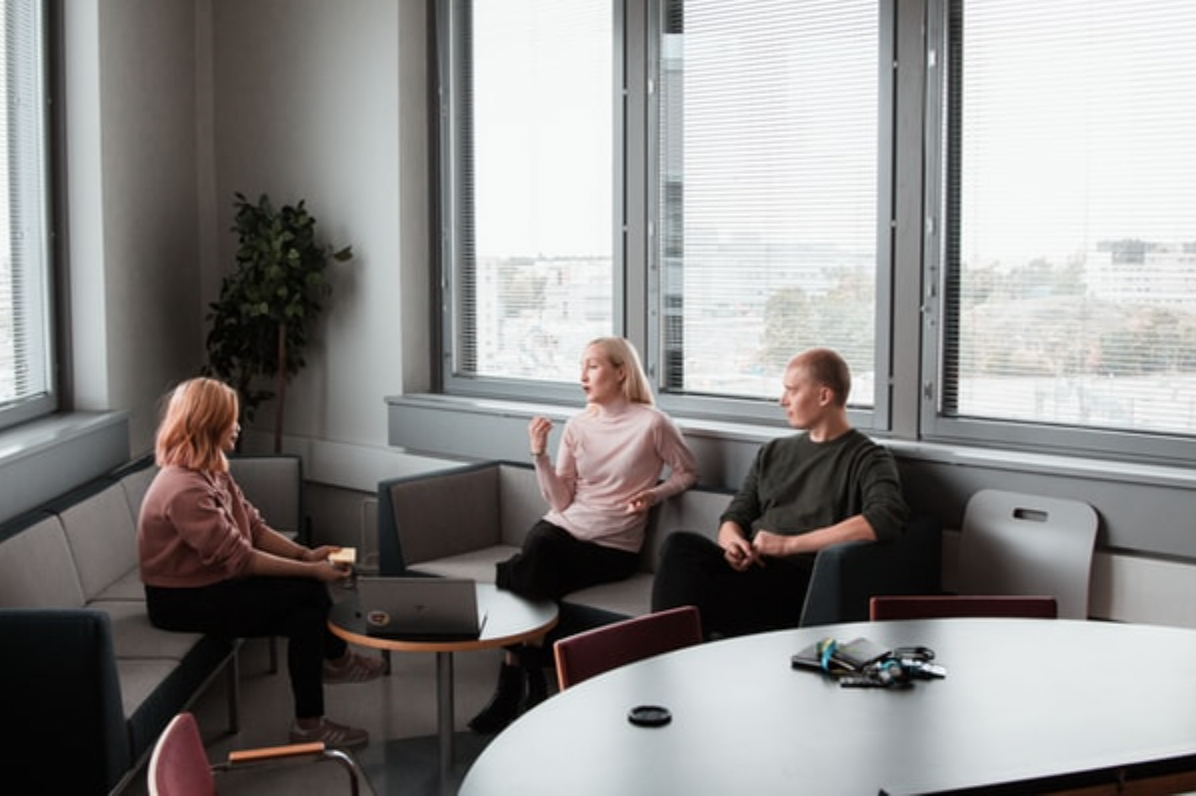Are you an art lover who loves to explore new art forms? Do you want to know more about ancient and aboriginal art forms? Know about the traditional and contemporary art forms and dot paintings. Feed and upgrade your knowledge of dot arts and refresh yourself with these unique art forms.
Do you know about dot arts?
Texturing and engraving are distinct imaginative methods that involve small dabs and dots to create their work of art.
Involving unique and different colours recognises texturing over speck painting. Texturing is the technique at which a masterpiece of art gets built with high contrast spots. Dot art is a sort of craftsmanship in which beautiful dabs get connected to create a masterpiece.
Even though the colours can get easily distinguished in the painting, it’s justifiable that such types of craftsmanship are so promptly misconstrued.
How do dot art paintings get created?
Texturing is an artistic style in which minimal dark dabs in diluted solutions get utilised to make structures, contemplations, and clearness in a show-stopper art form. Since texturing or stippling craftsmanship use simple dark spots, it’s fundamental to fathom where to situate each dot in the art to obtain ideal outcomes. It gets crucial to position the tiny dabs and connect them all to get the best results.
Imagine drawing an animal by connecting the dots! Could a face at any point look like an animal, or can you draw a mountain by connecting the dots?
Be careful with the dots.
The area, size, and location of all dabs remain pivotal while making texturing work of art. Unfortunately, if you do not connect and locate the dabs properly, the whole piece of art gets ruined, and you do not obtain the desired art designs.
When you don’t get the thickness of your dots right, it would be challenging to give profundity to your work of art by utilising the deception of depth. The closer your dark dabs are, the more extravagant that segment of your craftsmanship will appear.
The closer the gap between the dots, the more brilliant the art form or craft piece would show up.
This constraint carries you to a vital and challenging part of texturing: a vacant region.
These dark dabs you draw on your material are pivotal to your texturing work.
Since texturing craftsmanship includes only one tone and shade, you can easily take advantage of a blank space to draw.
In texturing type of art, blank space remains challenging for recognising dark specks while making structures, outlines, and diagrams. Similarly, artists use tints and shades to shape designs, shadows, and attributes in spot painting.
There are no spaces to fill in the art when constructed with dots. Pointillism or dot paintings don’t rely upon clear space like how inconspicuous concealing would reply until you want voids for restorative allure.
You can identify the theme and what the art form portrays, even if the art contains too many spaces between the dots. Rather than modifying the densities of spots that depict the shadows and features through fine art, artists use unique tints and colours to distinguish the art.
If you are an ancient art lover, look into the features and uniqueness of dot art forms. Explore the different art and dot paintings to learn the traditional art. Aboriginal dot arts are unique and portray the theme clearly in all their art forms.





